How to keep your sashiko stitches straight
Straight stitches can be difficult to achieve. | 4 simple tips on how to achieve the best result
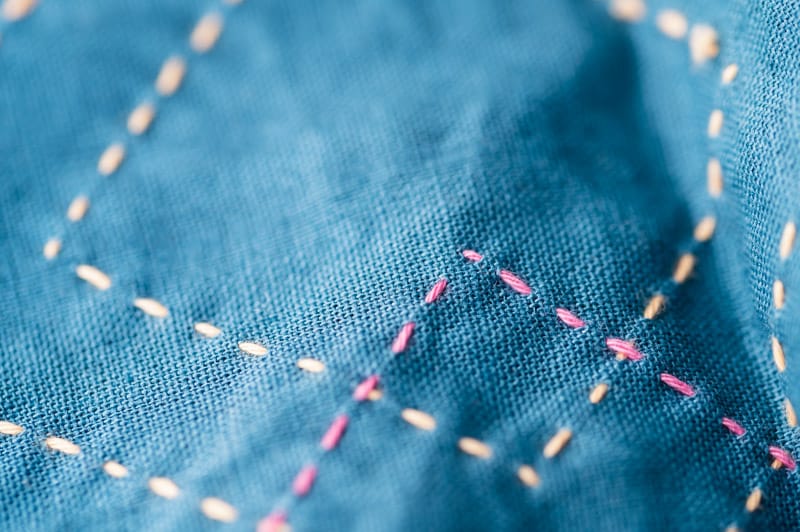
These simple tips can help you keep your stitches straight:
- Draw perfect lines
- Choose the best needle
- Use the right technique
- Stitch in a good environment
Draw perfect lines
Choose the right drawing tool
I don't recommend chalk pens for marking, because patterns often require working on an area several times. So the lines may vanish before you finish your artwork.
Pens that fade with time may also vanish before you do your last sashiko stitch, so they are not suited for sashiko.
Hey, there!
My site contains affiliate links. So if you buy something through one of those links, you don't pay extra but I may get a commission which helps keep my blog and my stitches running. Thanks!
Depending on the brand water-soluble pens can work well, but I prefer markings that fade with heat.
Draw thin lines
I recommend using friXion pens from PILOT, because they produce thin, consistent lines. On top of that, you can easily get rid of marks by ironing them out if you mess up.
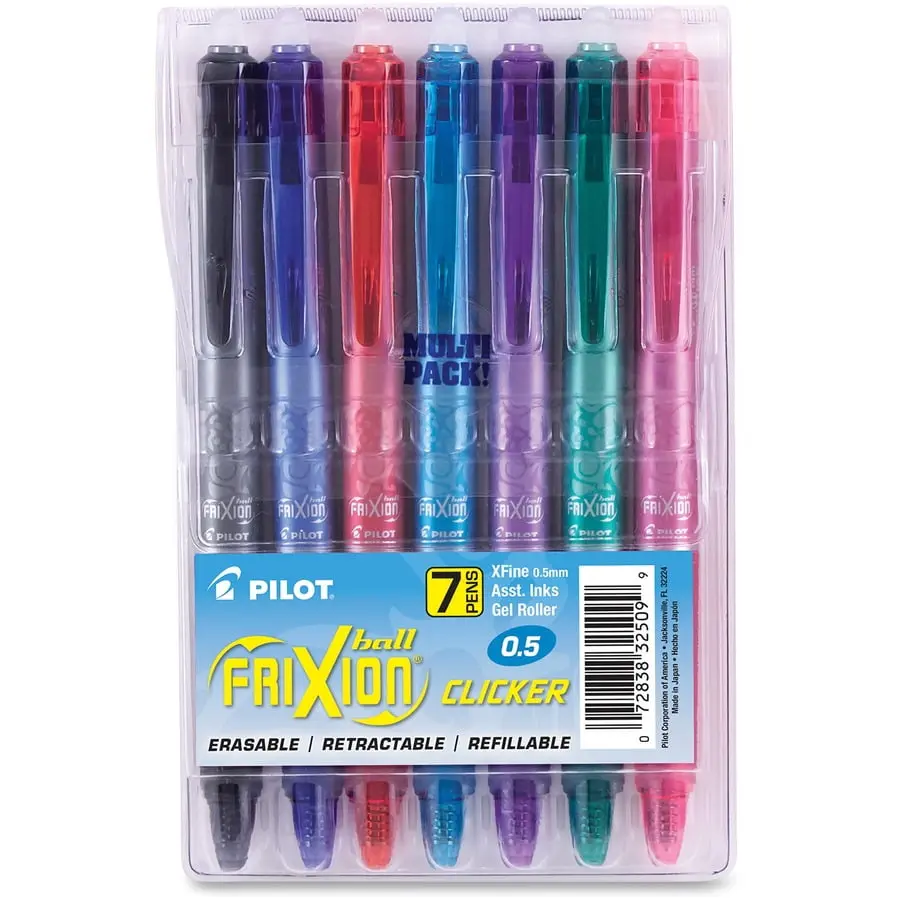
FriXion Erasable Pens
The perfect pens to get your sashiko patterns on your fabric. If you mess up, just iron the lines out and start over.
As for the width of the lines, 0.5mm is perfect. Especially if you like using thin sashiko thread for your artwork. 0.7mm still works great for most projects!
Draw your lines with care
If you're anything like me, you can't wait to get working with your thread and needle. You want to get all the work that goes into the preparation of the fabric, like washing and drawing a pattern, over with.
Still, it's best to take your time and draw your lines with care. A diligently drawn pattern will save you time while stitching and put less strain on your eyes.
Any five-year-old would probably agree that straight lines that are easy to see will produce straighter stitches than wobbly lines that you can hardly make out.
Also, if you rush your pattern, you might make a mistake and have to start over. Less haste, more speed. So true!
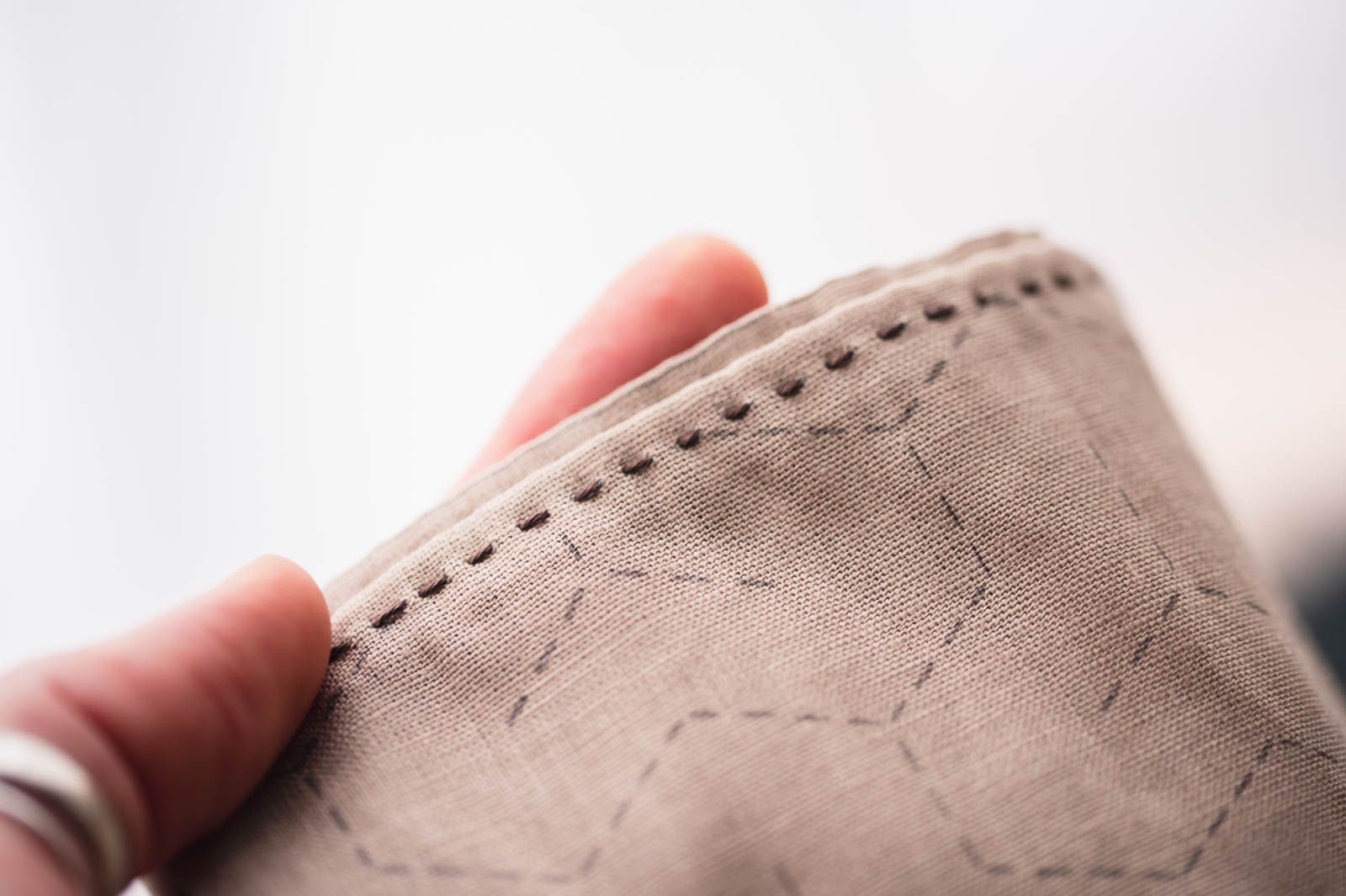
Use pre-printed patterns
If you're in a hurry or just feel lazy, pre-printed patterns are a great alternative to drawing your own. The ones I have used so far were all really easy to follow.
Especially as a beginner, it's nice to not have to worry about the right stitch length.
Daruma offers a great variety of pre-printed patterns.
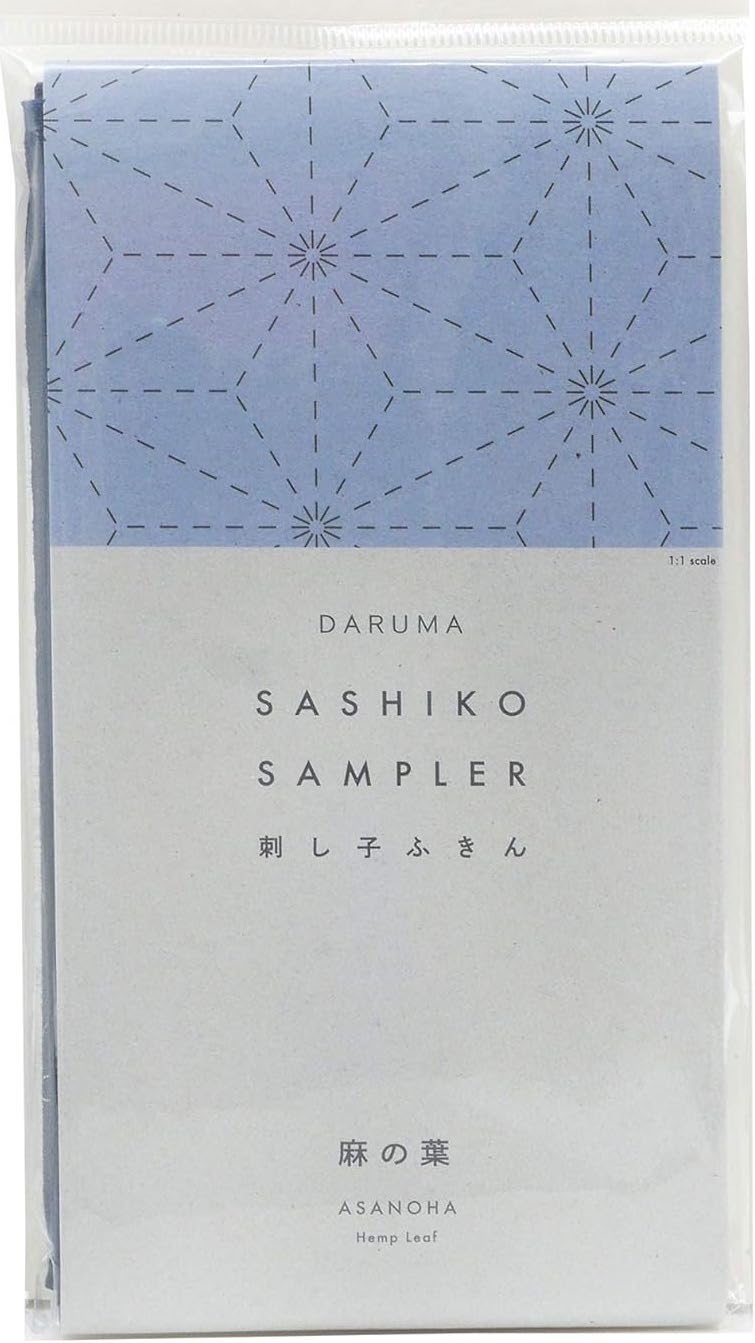
Pre-printed fabric by Daruma
If you want to do sashiko, but you don't want the hassle of drawing the pattern yourself, Daruma offers fabric that has the pattern printed on it, but the lines wash out when you've finished stitching. Super easy!
Choose the best needle
Choose the right needle length for your hands
Sashiko needles aren't a necessity, but they are perfect for sashiko. Only if your needle is long enough, you can make proper use of a palm thimble.
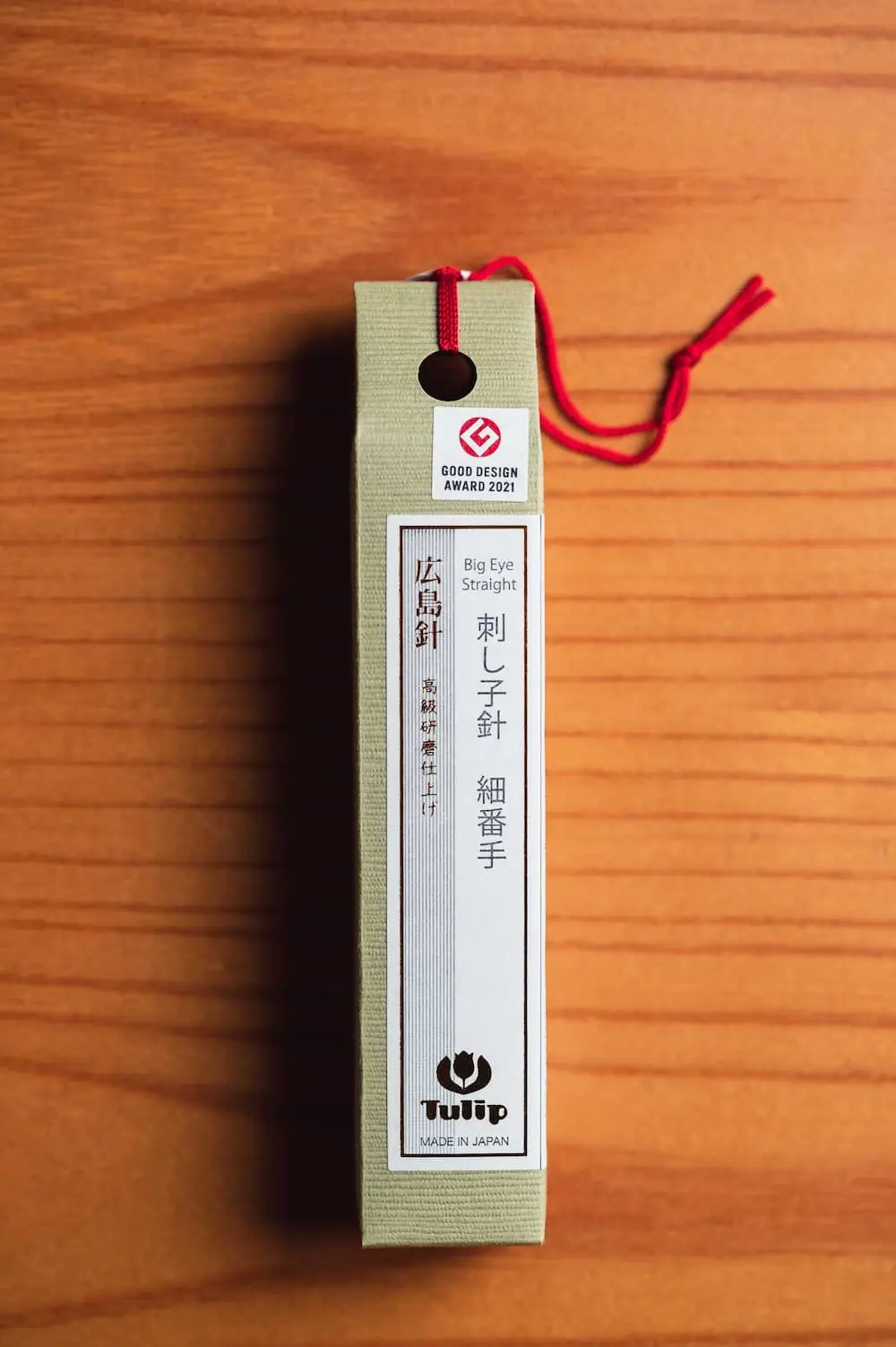
Big Eye Straight Sashiko Needle by Tulip
My favorite sashiko needle by far. Glides smoothly, super pointy and has a big eye. You probably guessed that...
If your needle is too short, you will not benefit from using a thimble at all. Make sure it doesn't take a lot of effort to hold the needle in place, otherwise it's unlikely that you will achieve a straight result.
If you are used to stitching with a hoop, using a long sashiko needle with a thimble may take a little time getting used to. But it's totally worth it!
Make sure your needle is sharp
I feel silly saying this, but make sure you are using a sharp needle. If you need to force the needle through the fabric, it's highly unlikely that you'll achieve even and straight stitches. Or that you have fun.
If you think your needle may have reached the end of its life, make sure you give it a proper memorial like Japanese needle workers do. They call it 針供養 harikuyō.
Select the right needle size for your thread
While you can use your sashiko thread with any sashiko needle, choosing the right size will help keep your stitches straight. Most companies sell needles not only of varying length but also of varying thickness.
Roughly put, you get to choose between two types:
- Needles for thin thread
- Needles for thick thread
If you are unsure which one to pick for your thread, just try both for a couple of stitches, I promise the extra effort will be rewarded not only with straighter stitches, but also a more comfortable experience.
Use the right technique
The more the merrier
Sashiko is a running stitch that can profit greatly from loading several stitches at once onto your needle.
Not only will this help you finish your project sooner, but it will also help keep your stitches straighter.
Unfortunately, this tip doesn't apply to all the wonderful patterns that are based on curved lines, like shippōtsunagi 七宝繋ぎ or seigaiha 青海波.
Steady wins the race
If your needle has the right length for your hand, you can rest it against a palm thimble. This will steady the needle and result in straighter stitches. Plus, you can save strength and stitch longer.
I use a leather thimble and love how comfortable it is. You can buy the one I used (Walmart link) before I made my own here.
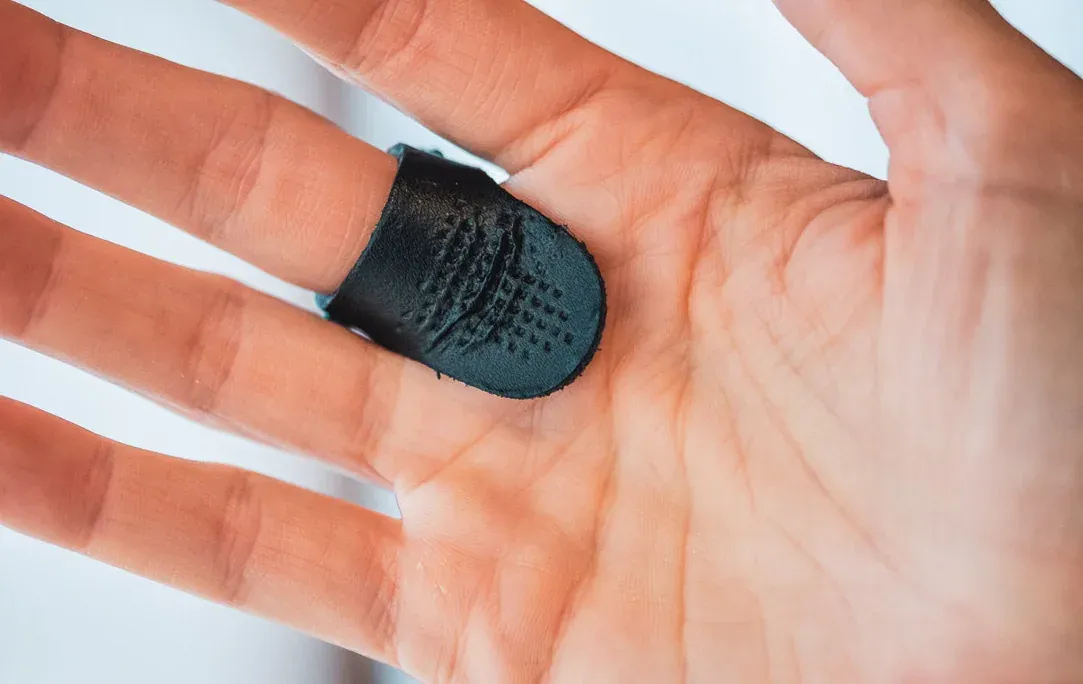
Olympus Leather Palm Thimble
Super sturdy but comfy leather palm thimble that I've used for years. Highly recommend it!
Or you can make your own palm thimble, too. It's super easy!
Stitch in a good environment
Brightness
A bright stitching environment will do a lot for the straightness of your lines. A small light nearby often helps more than a big light further away.
Sometimes I don't even notice that it's getting darker because I am so caught up in the stitching process.
My workaround for this is to switch on my work light even before it is necessary. It is a tiny bulb that needs hardly any electricity, so it is easy on my purse as well as the environment.
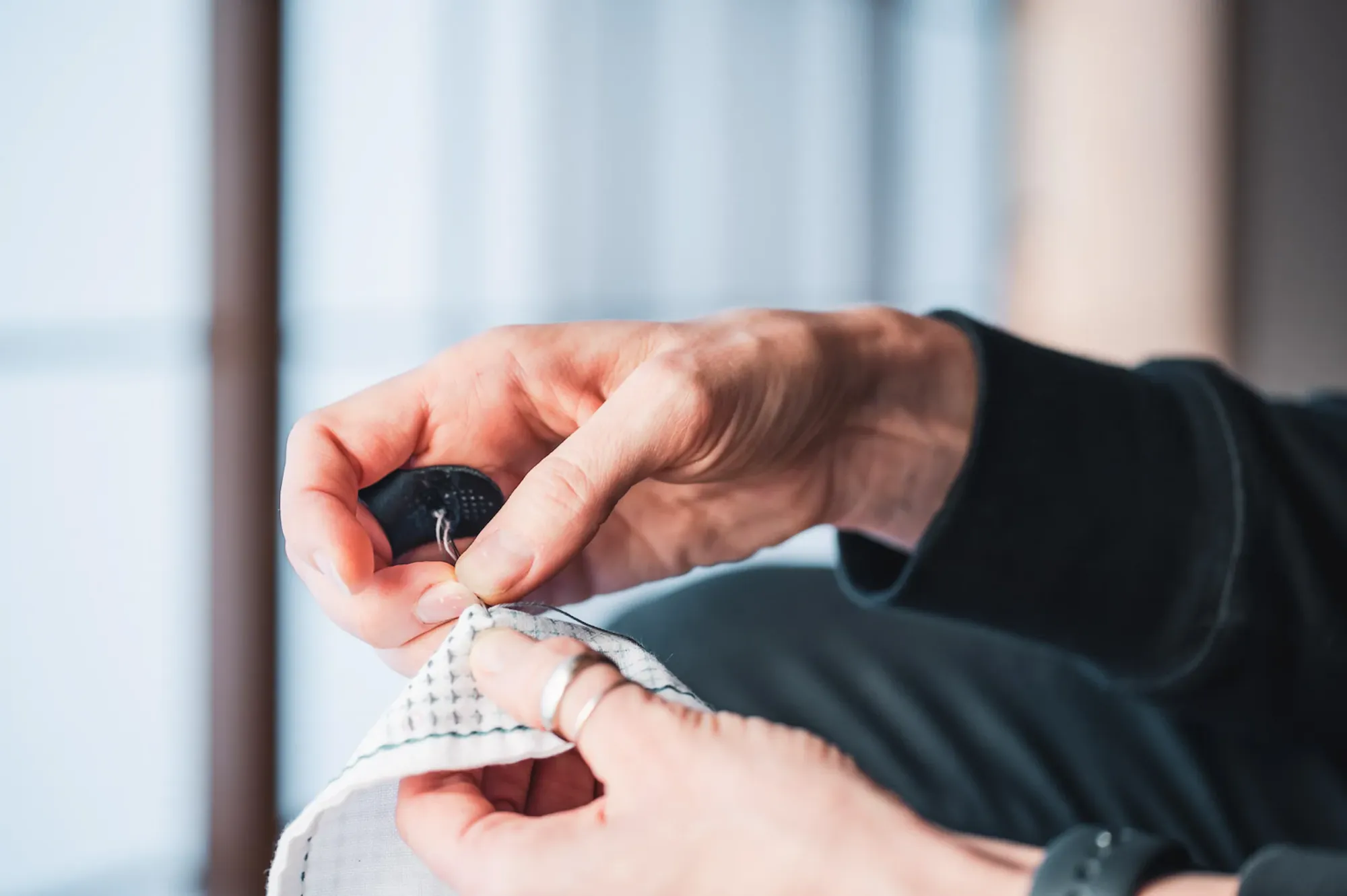
Avoid wind
I love stitching outside, but I live by the sea so there's alsways wind. Wind makes stitching more difficult, but not impossible.
Use your knees to make sure the wind can't carry your stitches away and be extra careful so your thread doesn't tangle.
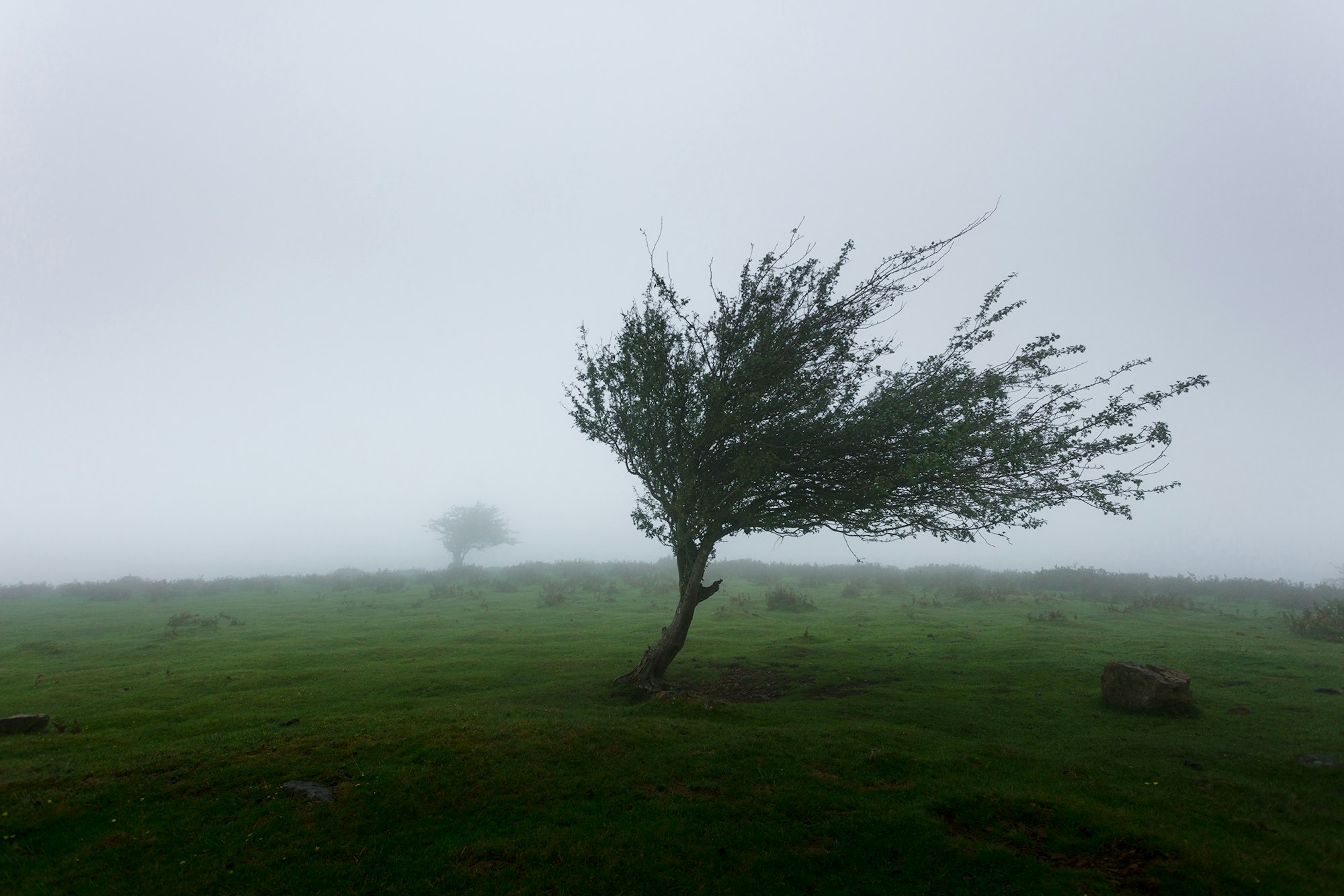
Stitch in a non-moving environment
This doesn't really need saying, but if you stitch while riding on a bus, in a car, or even a train, don't expect your outcome to be perfect.
The great thing about sashiko is that it doesn't have to be perfect to be, well, perfect.
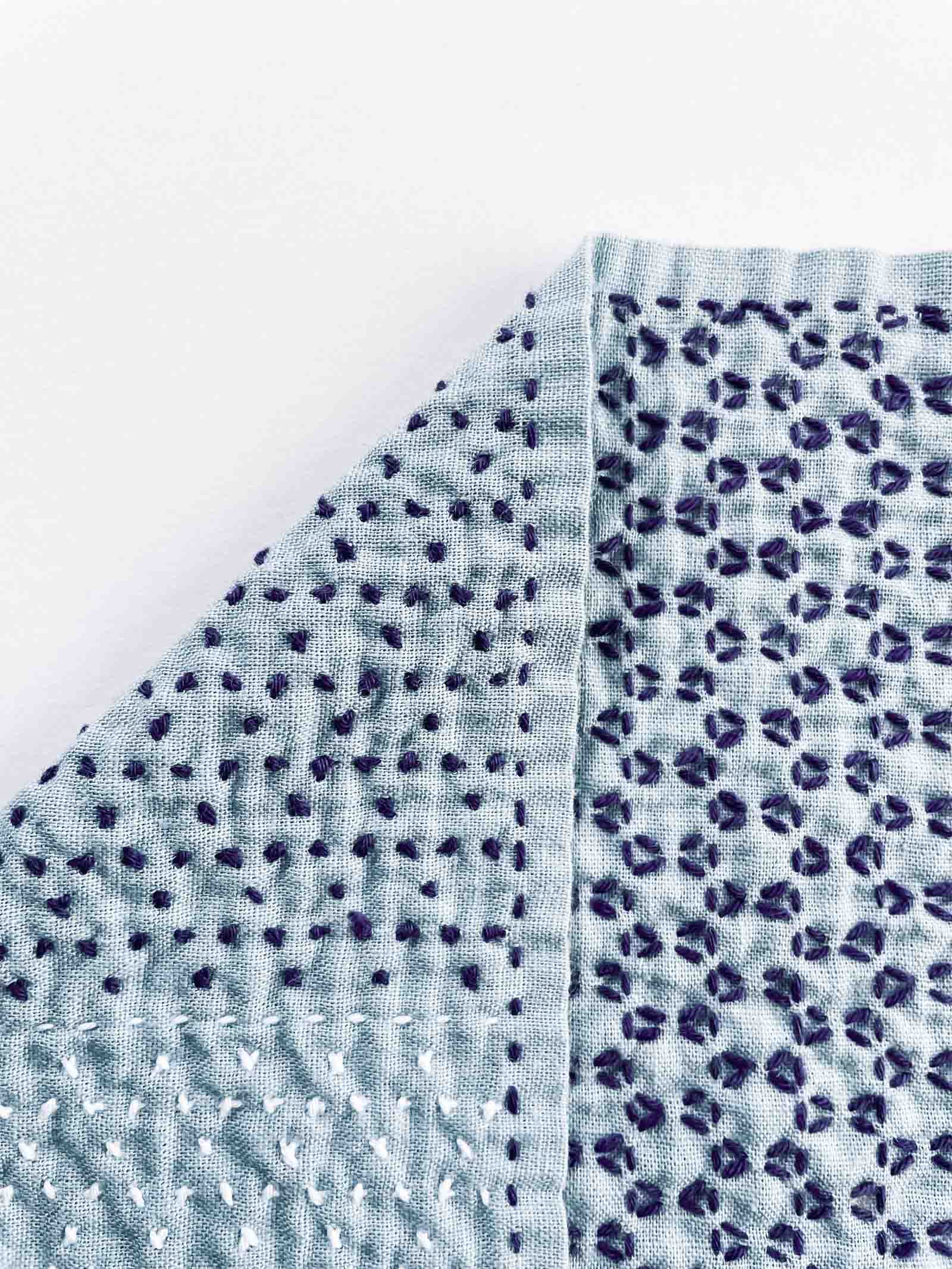
I hope you enjoy doing sashiko, no matter your tools and whereabouts!


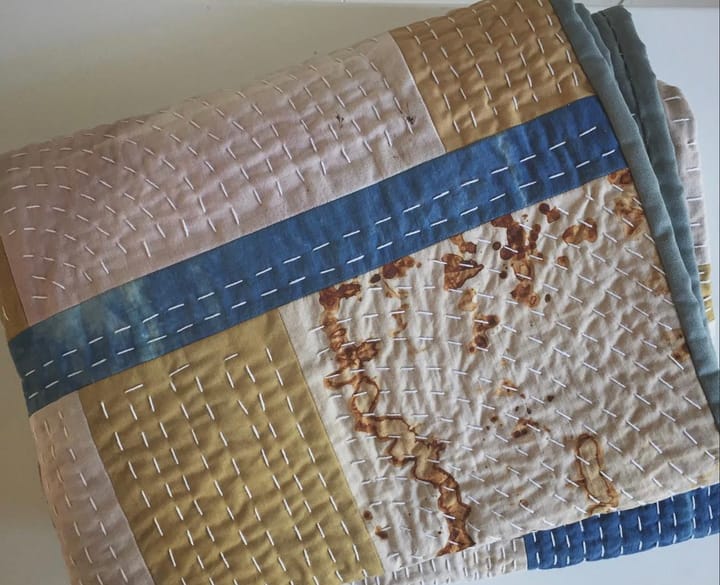
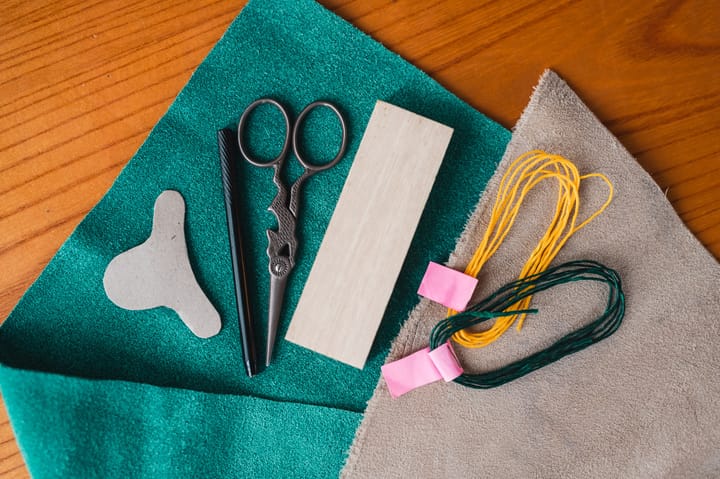
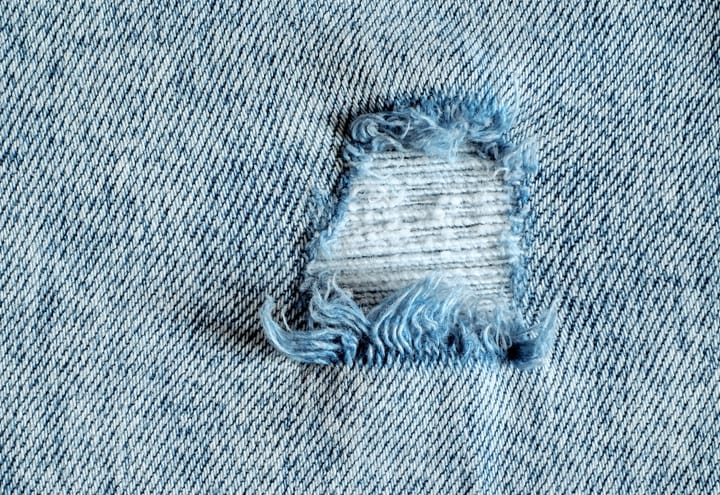
Comments ()